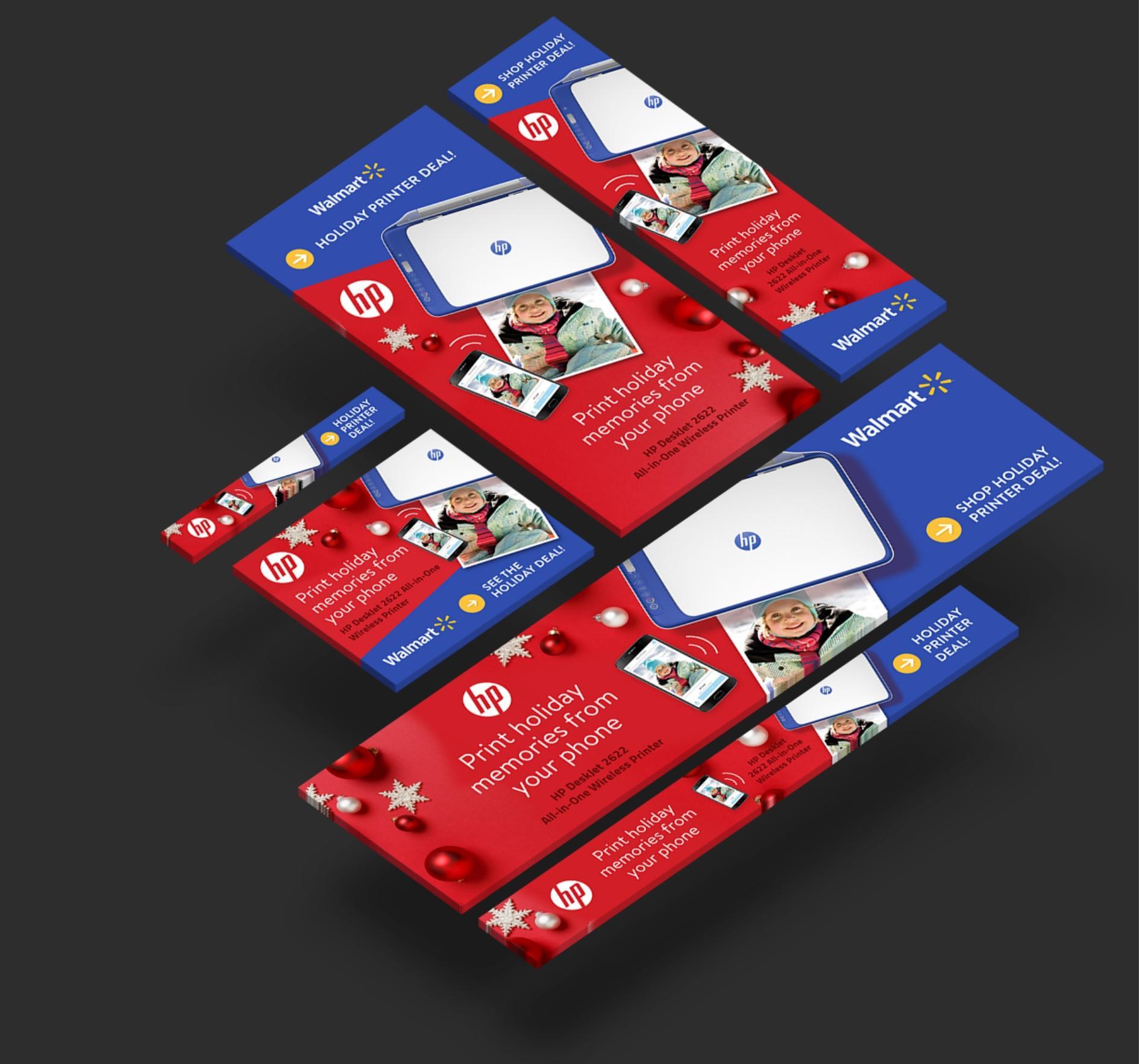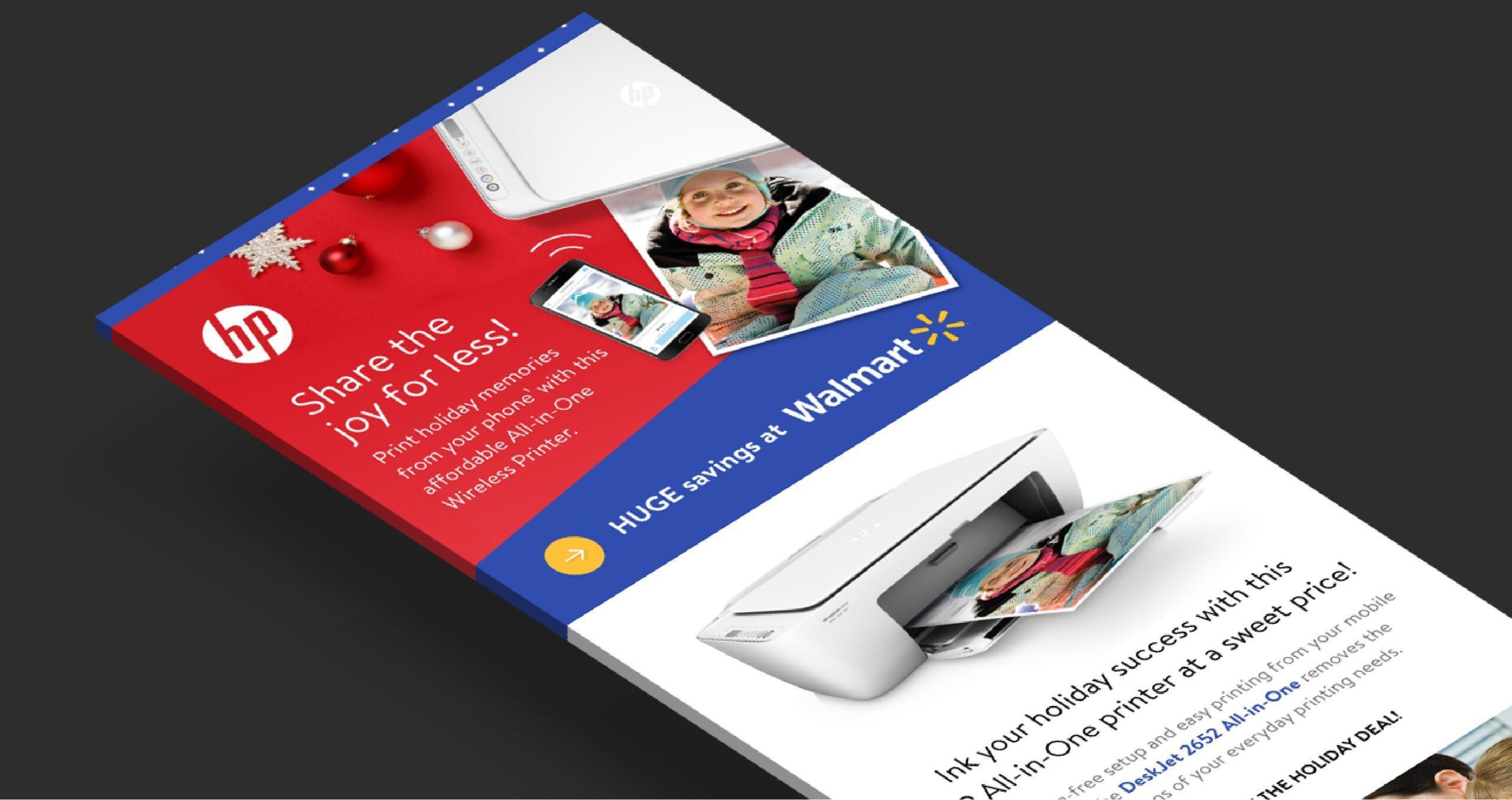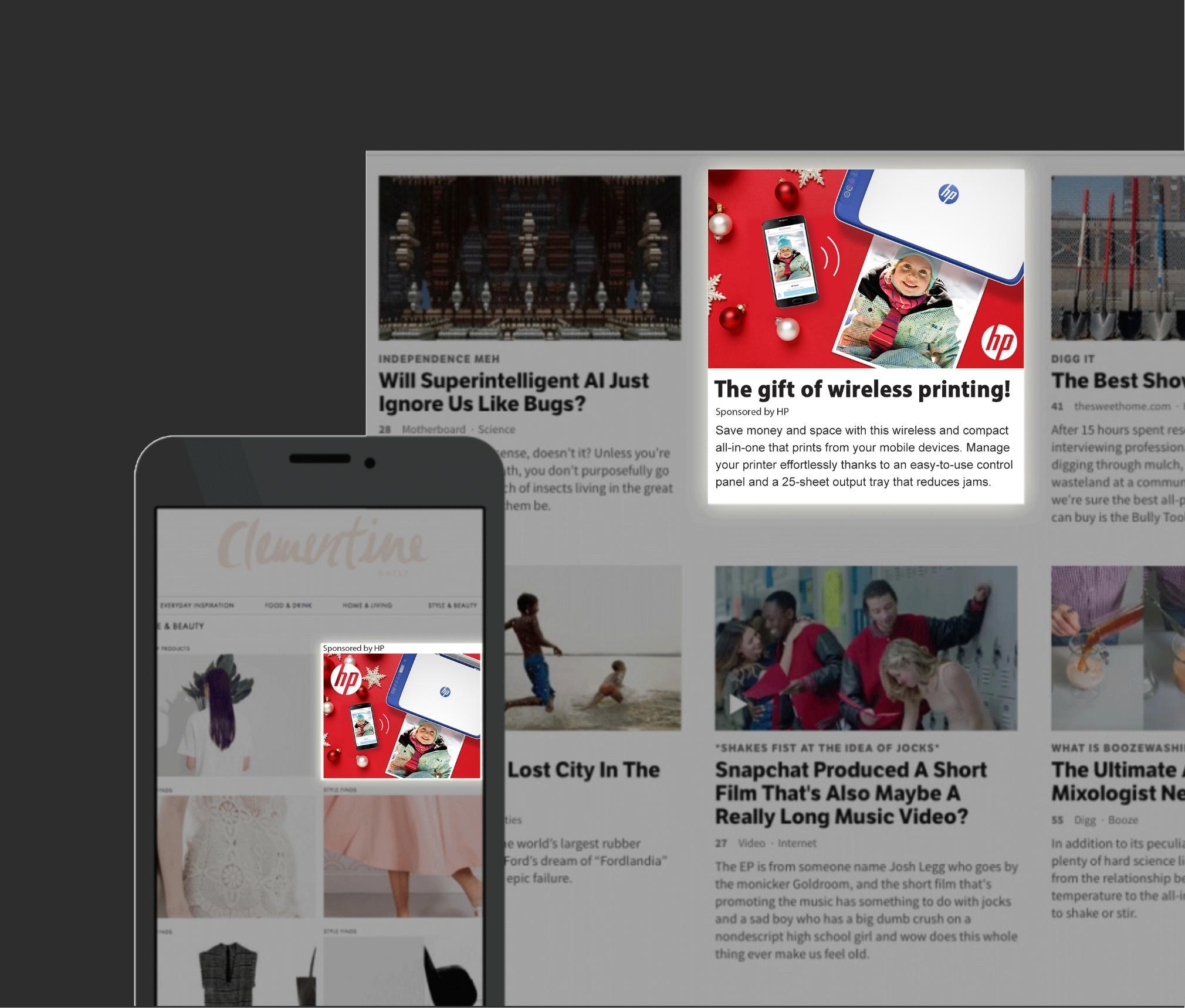Building Brands, Creative Opportunities, Programmatic Growth & Consumer Response thru DOOH
The landscape of Digital Out-of-Home (DOOH) continues to evolve, with an increasing number of both large-format billboards and indoor screens transitioning to sophisticated digital formats. This shift is not only enabling programmable purchasing and monitoring, but producing enhanced flexibility and precision targeting of marketing content that amplifies the overall effectiveness and efficiency of out-of-home advertising.
Recognizing that mere screen presence is no longer sufficient, content providers (like Small Clip Television) are collaborating with publishing partners to curate engaging content that accompanies and complements advertisements on these digital platforms. This synergy is boosting consumer traffic, both in-store and on the streets, by presenting a plethora of elevated content and advertising opportunities.

Innovations in network infrastructure and on-site technology are also addressing consumer and client needs by transforming billboards and other venues into functional, tactile, interactive interfaces. The emergence of digital advertiser-sponsored hand sanitizer kiosks in retail stores exemplifies this trend.
At the same time, the advent and advancement of programmatic DOOH is empowering progressive advertisers and agencies like Modern Impact to leverage data and automation for campaign optimization. For instance, new protocols like Software Development Kits (SDK) allow marketers to refine targeting parameters and creative elements in real-time based on factors like location, time of day and audience demographics.

These advancements in digital out-of-home campaigns facilitate retargeting strategies that access and leverage device IDs near screens to tailor content and implement additional tactics (such as QR codes) to elevate consumer engagement.
Of course, one of the most practical benefits of this digitization of out-of-home is in the categories of media planning and management. DOOH no longer requires long lead times, extended contracts and 24-hour rotation. Targeting in DOOH is based on the likelihood that someone who demonstrates the desired behaviors and interests will be present at specific times of day – not on real-time screen targeting.
Although attributing campaign success directly to DOOH remains a challenge, focusing on metrics like increased web traffic and in-store visitation during active campaigns provides valuable insights into their efficacy.
And while it may be more difficult to determine if it “works better” than some other media channels, it’s important to remember the long-term goals and associated benefits of these DOOH tactics. These sophisticated screens do more than just create awareness and drive immediate conversion. This level of interactive engagement also helps generate an emotional connection, a feel-good moment and a memory that can linger in the consumer’s mind to generate purchasing at later date.
According to Modern Impact CEO, Michael Priem, that’s not just theoretical wishful thinking. It’s the way we’re wired:
In other words, today’s DOOH isn’t just meant to reach audiences with intent, but audiences with curiosity, and then leverage that attribute to drive long-term interest in and appreciation of your brand.
So, if you’ve been avoiding out-of-home because of its old-school limitations, I encourage you to change your mind; not just in terms of whether you want to employ it, but in the way you think about it in general. Once you understand today’s DOOH ecosystem, you’re likely to find the flexibility, versatility and other benefits of this channel outweigh any challenges in direct attribution for brands that want to spark curiosity and not just target intent.



